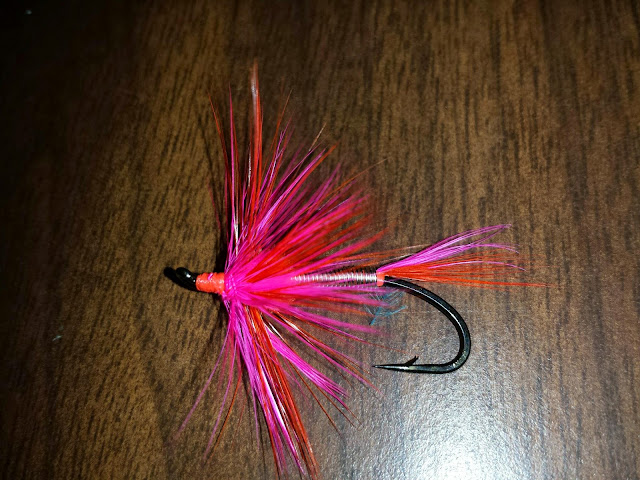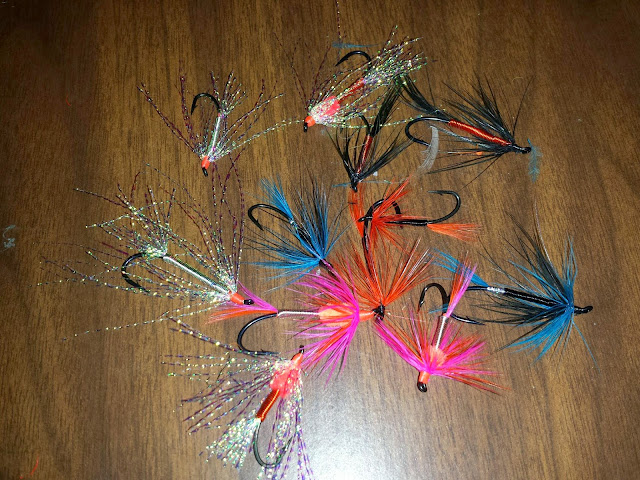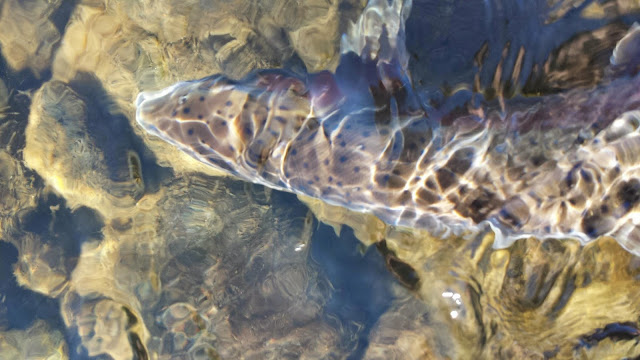The most important characteristic is weight. I have found that I can adjust the depth of weighted flies by line tension, but its hard to control a neutral buoyant fly--even on the end of a sink tip. You will never catch a Steelhead if you can't present the fly in a way that will produce a strike regardless of color or movement. This is where the wire came in. In the early days I couldn't match conditions as the only color I had was copper,but nowadays, with all the colors on Uni Wire you can tie a fly to match any condition.
This is the second most important characteristic...Color. The fish has to be able to see your offering. There are times when fish will key on one color or another, but most of the time I have found that color plays an important role in what the fish can see. From Silver for bright and sunny days, to black and blue for low light conditions and everything in between Uni has it covered.
Besides weight and color, movement is an important characteristic. Steelhead can be like your house cat at times...to get your cat to attack you have to add more movement to your taunting. The thin body profile that the wire allows helps the hackles pulsate...they are unrestricted by the thick chenille bodies that traditional patterns boast.
Now that you have seen some of the thought behind my wired patterns tie some up and give them a try....you'll be surprised how they will become one of your go to patterns. I have included a video showcasing my favorite high off colored water wired fly, Punch In The Face. Its Black and Blue color provides the shadow and low light color that the fish can see. Its one of my alternative flies for people who don't like to cast intruders....Get out there.....



